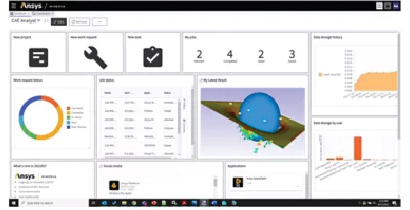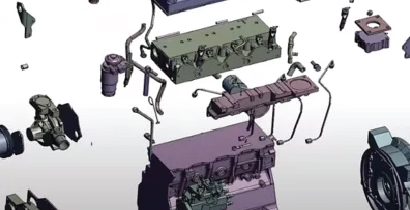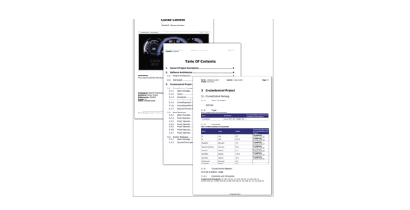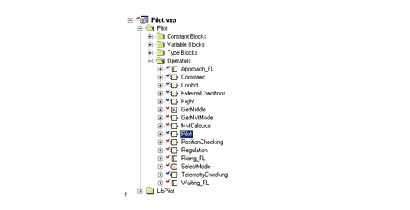- PRODUCTS
- SERVICES
- HARDWARE & IT
- LEARNING & DEVELOPMENT
- CADFEM INFORMS
CADFEM INFORMS OVERVIEW
- ABOUT US

PLM (Product Lifecycle Management) and Data Management are two sides of the same coin in today’s product development landscape. They work together to create a centralized system for managing all the information associated with a product, from its initial concept to its eventual end-of-life.

Safeguarding Your Data and Intellectual Property
We are committed to safeguarding your data and intellectual property. This commitment is reflected in our achievement of ISO 27001 certification, a globally recognized standard for information security management systems (ISMS).

The Importance of Data Models in Product Lifecycle Management.
Data models are the foundation for managing all the information associated with a product, from its initial concept to its eventual disposal. They act as a blueprint, defining the structure and organization of this vast amount of data to ensure consistency, traceability, and accessibility throughout the product lifecycle.

Understanding How Data Models Work
Dictate the “How”: They define the sequence of tasks, approvals, and handoffs that occur during various product lifecycle stages (design, engineering, manufacturing, service). Essentially, they orchestrate the flow of information and activities required to bring a product from concept to reality.

The Importance of Customizable PLM Workflows
PLM workflows are the backbone of efficient product development, dictating the sequence of tasks, approvals, and handoffs that occur throughout a product’s lifecycle. But a one-size-fits-all approach rarely works in the real world. This is where customization comes in, allowing you to tailor PLM workflows to your specific business processes and needs.

Optimizing PLM for Competitive Advantage
In today’s competitive landscape, efficient product development is crucial. PLM (Product Lifecycle Management) process optimization helps organizations achieve this by streamlining the flow of information and activities throughout a product’s lifecycle.

The Critical Role of Configuration Management.
Configuration management plays a critical role. It ensures you have the right combination of parts and components for each specific product version, while maintaining control and traceability throughout the entire lifecycle.


